In my last article, I talked about the potential advantages of HDSLR shooting over cameras like the AF100. Â But at the end of the day, the AF100 (assuming it is as good as promised) is still the better camera for HD video capture. Â Problems like aliasing, moire and pixel skipping will hinder a HDSLR from being the perfect HD camera.
…but let me ask you a question. Â “What is your application?”
Let me explain…
I shoot commercials, corporate videos, viral videos, short films, promotions, etc. Â I’m almost always shooting in HD….but….the footage usually ends up in SD. Â Most TV stations I work with can’t broadcast HD with their equipment so they prefer SD. Â Most web videos are short and clients don’t want their audience to have to wait for it to load so it’s SD. Â DVDs are SD.
I recently shot a short intro action movie for a conference. Â We shot it in HD…edited in HD…color graded in HD…but had to output to SD for projection and for DVD duplication. Â In fact, the only HD version available is on the portfolio section of my website.
So what is my application? Â SD
When you down convert HDSLR footage to SD, most of the aliasing and a good portion of the moire isn’t as visible.
Cameras like the AF100 still have their advantages: built in XLR inputs, ND filters, metering, clean HDMI and HD-SDI outs, etc.  And a very important point is, if you are shooting something that may end up in HD someday, it’s good to acquire it in the best possible form, essentially “future-proofing” your footage.  If your client is paying for HD, they should get high quality HD.
So don’t worry too much about resolution charts and sample footage. Â Figure out your application and pick the best tool for the budget.



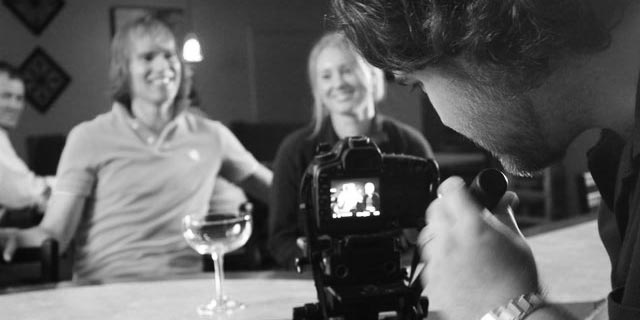
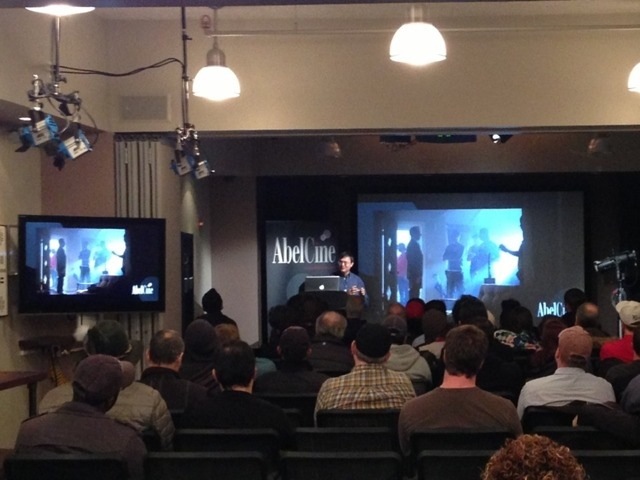
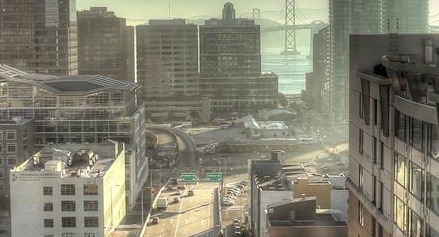
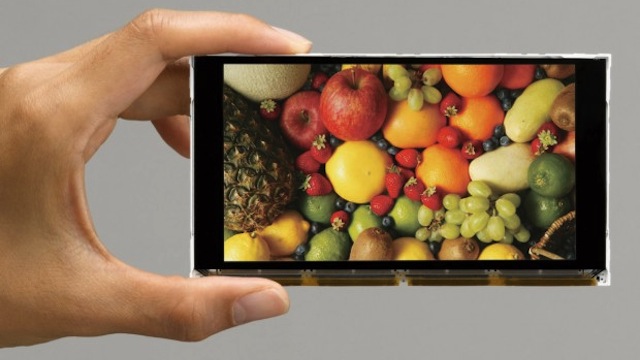
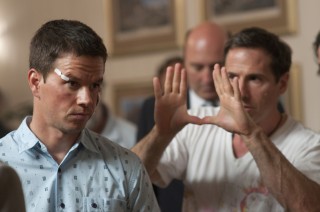



Tony
My experience down converting HD footage to SD is that in HD footage
where doesn’t show aliasing or moire down converting it to SD with the
compression shows up Moire in certain patterns.
this about your comment :
When you down convert HDSLR footage to SD, most of the aliasing and a good portion of the moire isn’t as visible.
@Felipe
You are very correct. Moire is a different beast and can show up worse when down converted.
I’ve experienced two forms of down conversion, scaling and reducing resolution.
When scaling, the footage tries to maintain the original detail of the higher resolution, just show it in a lower resolution. This can cause an odd sharpness to appear and can even create more moire problems than you had before.
Reducing resolution gets rid of the detail from the higher resolution and can mask some of the moire. Not always, but sometimes.
I had a client with a tweed jacket do an interview. On the HDSLR, the moire was visible, but didn’t ruin the shot. When scaled down, the moire went crazy. When I reduced the resolution, it almost disappeared.
So basically people shouldn’t rely on down converting to solve their problems, but know that they may not be as visible in SD.
Ok Thank you Tony